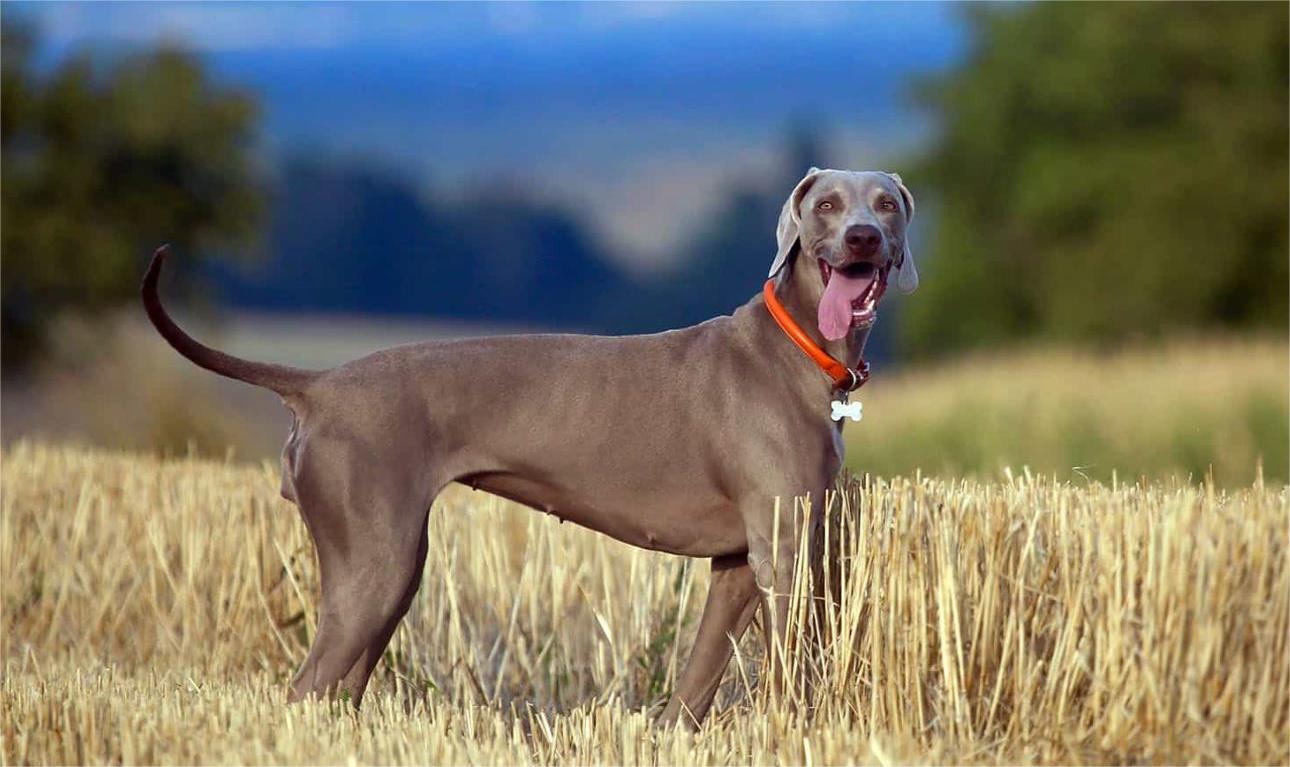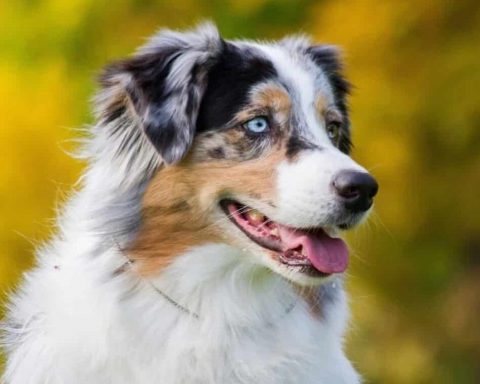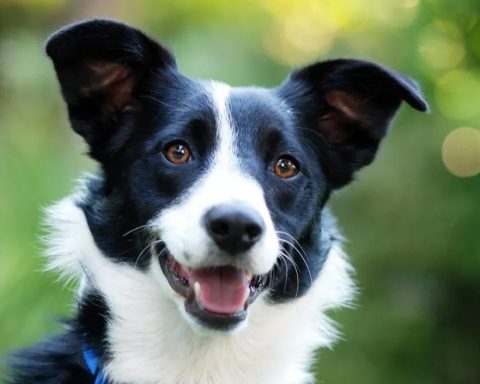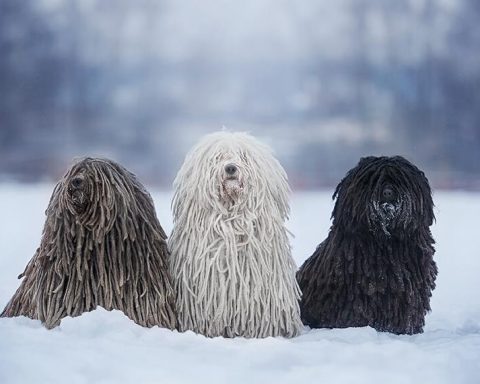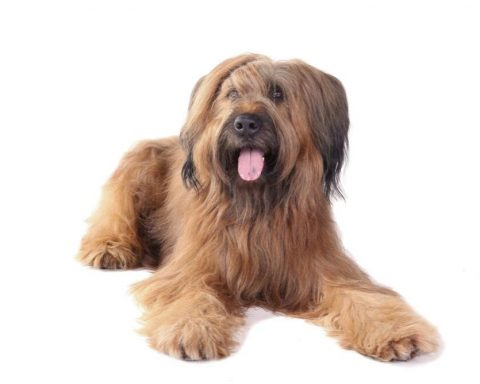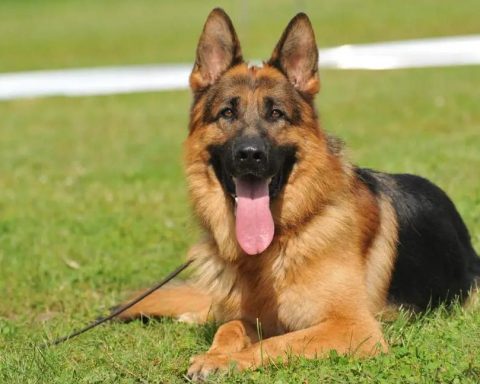summary
The Great Dane combines majesty, power, and elegance, with an imperial appearance, a huge body that combines strength and beauty, and smooth muscular lines.
He is one of the large working dogs, but his general form is the only one that is so well proportioned that he never looks awkward, with an outstretched forequarters and a powerful hindquarters drive. Worthy of being the sun god of dogs.
The Great Dane must have a heroic, bold temperament, never timid; always friendly and dependable. The combination of these physical and temperamental traits gives the Great Dane an advantage over other breeds.
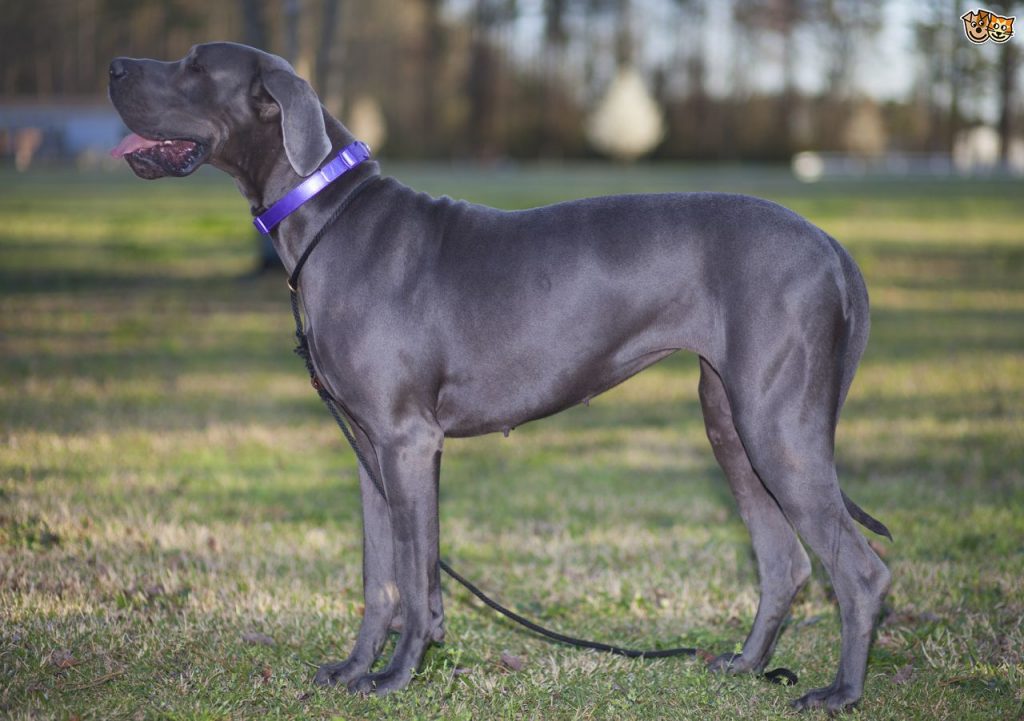
The male Great Dane has all of these characteristics, while the female is comparatively more gentle.
Lack of the characteristics described above is a serious defect for the Great Dane.
As a whole, the male dog appears to be thicker than the female, with longer bones and thicker bones. The ratio of height to body length is in square proportions. Bitches with normal development may have longer bodies. Coarse, awkward bodies and lack of muscle are not good.
Male dogs should be no less than 30 inches tall at the shoulder, but the ideal height at the shoulder is 32 inches or more (the proper ratio of height to body length);
Bitches should be no less than 28 inches tall at the shoulder, but the ideal height at the shoulder is 30 inches or more (proper ratio of height to body length).
A Great Dane that does not meet the minimum shoulder height is out of condition.
Place of origin
Germany
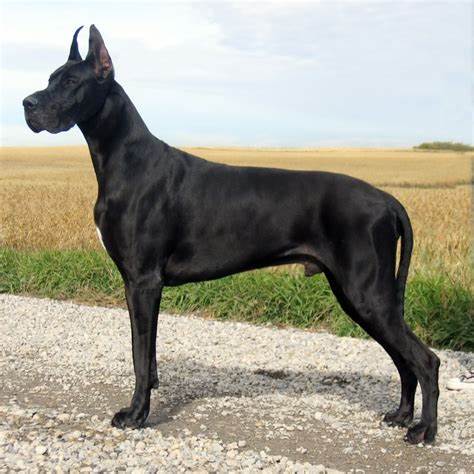
Head
The head is rectangular, long, noble, expressive and statuesque, especially under the eyes. When viewed from the side, the forehead and the bridge of the nose show a clear break (a very pronounced stop).
The lines of the forehead and the bridge of the nose are straight and parallel to each other. The underside of the frontal plane and the inner corners of the eyes must be sloping, but the bones do not protrude into a rectangular, deep muzzle (a floating lip does not qualify). The head structure of the male dog is well structured and distinctive, while that of the female dog is subtle and soft.
When viewed from above, the sides of the head are parallel to each other and the bridge of the nose is as wide as possible. The cheek muscles are not prominent. The length of the nose from the middle of the stop is approximately equal to the length from the middle of the stop to the occipital bone of the rear; the head should be angular and form a distinct plane when viewed from all angles, and the size of the head is in proper proportion to the size of the Great Dane.
Eyes: Medium sized; deep in position; dark in color; eyes lively and intelligent. Almond-shaped; eyelids tight. Eyebrows well developed.
Mongolian eyes; excessive drooping of the lower eye and face are serious defects. The eyes of a clownish Great Dane should be black; light-colored eyes, two eyes of different colors, and discoloration within the eyes are permissible but undesirable.
Ears: The roots of the ears are high in position, medium in size and medium in thickness. The ears are folded towards the cheeks and the folds are in the same plane as the top of the head. If the ears are clipped, the length of the ears is properly proportioned to the head and always erect.
NOSE GLASSES: Should be black, except for the Orchid Great Dane which is allowed to have dark orchid colored nose glasses, and the Ugly Great Dane which is allowed to have black speckled nose glasses (pink nose glasses are not desirable). Split noses are out of order.
Teeth: strong, white and sound. The lower jaw incisors should slightly touch the inner edge of the base of the upper jaw incisors (clipped bite). A protruding mandibular bite is a very serious defect. A maxillary protruding bite or crooked teeth is a serious defect. A clipped bite or unaligned incisors is a minor defect.
Neck, Dorsal Line, Body
The neck is firm, highly placed, arched, long and well muscled. Gradually widens and blends smoothly into the shoulders. Neat under-neck outline. The shoulder rump slopes smoothly into a short, level back and a broad loin. The chest is broad, deep and well muscled. The forechest is well developed but there is no obvious protruding sternum. The chest is deep to the elbows and the ribs are well expanded. The lower side of the body is well muscled and lifts into a graceful curve.
Hips wide and very slightly sloping. The tail is high in position, smoothly articulating with the hips, but not in the same plane as the back, but an extension of the spine. The root of the tail is broad, while the tip is thin and uniformly droops to the position of the fly joints. When at rest, the tail hangs straight down, when excited or running, the tail is slightly curved (saber-like), but never higher than the plane of the back. Curled tails and hooked tails are considered defective. A broken tail is considered a disqualification.
Forequarters
The forequarters, when viewed from the side, are firm and muscular. The shoulder blades are powerful and inclined. The angle formed by the shoulder blades and the forearms is almost a right angle. The straight line formed from the top of the shoulder blade to the back of the elbow is almost perpendicular to the ground. The muscles and ligaments connecting the shoulder to the ribs are very well developed and strong, preventing a loose shoulder. The shoulder blades are the same length as the forearms and the elbows are located 1/2 the distance from the horse’s shoulder rump to the ground. The sturdy ankle is slightly inclined. The claws are rounded and compact, and the toes are rounded and arched, neither inward nor outward. Toenails are short, sturdy, and as dark as possible, and may have a lighter color in the case of the Ugly Great Dane. Wolf claws may or may not be removed.
Hindquarters
The hindquarters are firm, wide, muscular and properly angled; the fly joints are as low as possible. When viewed from behind, the fly joints are neat, vertical, and neither curved inward nor turned outward. Hind legs with rounded and compact claws and rounded arched toes, neither turned inward nor outward.
The toenails are short, strong, and as dark as possible; those of the Ugly Great Dane may have a lighter color. Wolf claws on the hind legs are a serious defect.
Coat.
The coat is very short and dense, smooth and shiny.
Color, Markings and Style
Tiger Great Dane: The base color is golden yellow, interspersed with dark black horizontal stripes. Black stripes are most desirable. Black should also be present in the eye sockets, eyebrows, tips of the ears and tip of the tail. Ideal color: very strong base color; with very clear and even stripes. Too many or too few stripes are not ideal. The presence of white patches on the chest and toes, an undertone darker than the color of the markings, and dark markings are all considered defects.
Fawn Great Dane: The color is golden yellow with a black “mask”. The black color should also appear on the eye rims and eyebrows, and sometimes on the tips of the ears and tail. A dark golden color is always the best choice. White patches on the chest and toes, dark and dirty colors are considered defects.
Blue Great Dane: is a solid steel blue color. White patches on the chest and toes are considered defective.
Black Great Dane: A shiny black color. The presence of white patches on the chest and toes is a defect.
Clown (HarlequinDanes – Black and White Flower): Base color is pure white with black irregular patches, the patches are evenly spread throughout the body; the neck should preferably be pure white. The black patches should not be too large, like a blanket wrapped around the body; nor should they be too small, striped or spotted. Defects: gray patches; or single black hairs mixed in with white hairs, resembling a pretzel effect. All are in acceptable but undesirable condition.
CAPE GREAT DANES: White with black, like a black blanket wrapped around the body. Black head, white muzzle; white ribbing on the face is optional; white throughout the collar is ideal; white chest; partially or completely white front and hindquarters; black tail, white tail tip. The presence of very small white flecks in the place of the black cape is permissible, as is the interruption of the white collar. The presence of any Great Dane in a color that does not exactly match the above depiction is a defect and points are deducted based on the degree of deviation. The presence of any color type other than that depicted above is a failure.
Gait
The Great Dane gait shows power and strength, with a large, easy stride that does not sway the dog’s body or backline. The backline remains level and parallel to the ground. The front limbs are stretched and the hind limbs provide a strong, smooth drive. As speed increases, the limbs naturally converge under the body and along the centerline. Elbows and flying knuckles neither bend inward nor turn outward.
Temperament
The temperament of the Great Dane must be valiant, bold, always friendly and dependable, never timid or combative.
Out of Character
Below height minimum, broken tail, split nose. Color does not match description in Color, Markings and Style.
Standard Adoption Date: March 8, 1999
Standard Implementation Date: April 28, 1999
